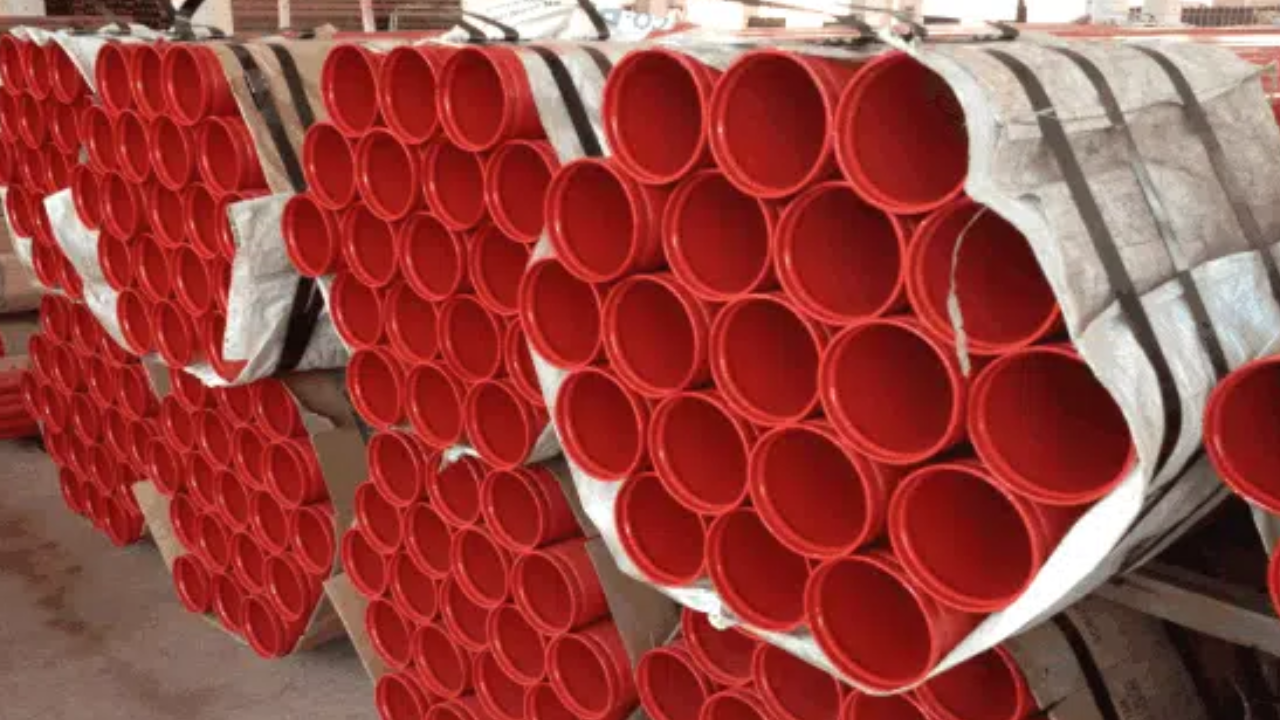Due to its pleasantness, solidity, and flexibility, steel is a material that many organizations use. Among the numerous sorts of steel, gentle steel, and stainless steel are two of the foremost commonly utilized varieties, each advertising interesting properties that make them reasonable for diverse applications.
Whereas both sorts of steel share a few common characteristics, they vary essentially in terms of composition, properties, and applications. Understanding the differences, What Is Mild Steel(MS Steel) vs Stainless/Carbon Steel, between gentle steel and stainless steel is pivotal for selecting the proper material for any particular extent or utilization.
Composition: Carbon Substance and Alloying Components
The chemistry of mild metal and stainless steel is one of the number one variations among them. Mild metal, sometimes called low-carbon metal, has an exceedingly low carbon content, usually inside the range of 0.05% to 0.25%. About difference, stainless steel is an alloy with a greater concentration of alloying factors, leader amongst them chromium.
To be classified as stainless steel, the combination must contain at slightest 10.5% chromium, which gives it its signature erosion resistance. Stainless steel too typically incorporates other components such as nickel, molybdenum, and sometimes titanium, depending on the particular review. These alloying components make stainless steel much safer from rust, erosion, and recoloring compared to gentle steel, which needs noteworthy corrosion-resistant properties.
Properties: Corrosion Resistance and Quality
One of the most basic components that separates gentle steel from stainless steel is erosion resistance. Gentle steel, due to its low carbon substance and lack of critical alloying components like chromium, is exceedingly susceptible to erosion when exposed to dampness, discussion, or chemicals. Stainless steel, on the other hand, is famous for its excellent erosion resistance, which is a coordinate result of the chromium substance. When uncovered to oxygen, chromium forms a lean, inactive oxide layer on the surface of the steel, which prevents rust from shaping. Another vital property to consider is the quality of the two materials. While both mild metal and stainless steel are stable, stainless steel and large have a higher plastic satisfaction because of the nearness of alloying components like nickel and molybdenum.
Cost: Reasonableness and Application Considerations
Cost is another critical figure that separates gentle steel from stainless steel. Gentle steel is impressively more reasonable than stainless steel, basically because of its less difficult composition and the lower cost of generation. Its reasonableness and ease of manufacture make gentle steel the material of choice for large-scale ventures that require noteworthy sums of steel without the requirement for high erosion resistance or predominant quality.
On the other hand, stainless steel is more costly due to the fetching of its alloying components and the more complex manufacturing handle. The incorporation of chromium, nickel, and other components adds to the overall cost of stainless steel, making it a more premium fabric. For applications where erosion resistance and longevity are basic, such as in medical gear, nourishment handling offices, and outdoor structures, the speculation in stainless steel can be well worth the higher cost.
Applications: Where to Utilize Mild Steel and Stainless Steel
The distinctive properties of mild steel and stainless steel make them appropriate for a wide extend of applications, each with its possess set of prerequisites and challenges.
Mild steel, with its great machinability, weldability, and affordability, is commonly utilized in development, automotive manufacturing, and common creation. It is regularly found in auxiliary components, such as bars, columns, and fortifications, as well as in regular items like channels, clasp, and apparatus parts. Stainless steel, with its predominant erosion resistance and quality, is utilized in more demanding environments. It is commonly found in businesses where cleanliness, strength, and stylish offers are basic, such as within the nourishment and refreshment industry, restorative field, and building plan.
Maintenance: Life span and Care
When it comes to support, gentle steel requires more consideration compared to stainless steel. Since mild steel is inclined to erosion, it must be frequently reviewed and treated to avoid rusting, particularly in situations where it is exposed to dampness or chemicals. Stainless steel, on the other hand, is moderately low-maintenance due to its erosion resistance. In most situations, it requires small more than customary cleaning to expel soil and anticipate recoloring.
Natural Affect: Supportability and Reusing
Both mild steel and stainless steel are profoundly recyclable materials, which makes them environmentally inviting alternatives for many applications. Steel is one of the foremost reused materials in the world, and both gentle and stainless steel can be softened down and reused without losing their properties. In any case, there are a few contrasts within the natural effect of creating gentle steel versus stainless steel. The generation of stainless steel ordinarily requires more vitality and assets due to the extraction and preparation of alloying components like chromium and nickel.
Conclusion
Choosing between mild steel and stainless steel depends on the particular necessities of the venture, including components such as cost, environment, and long-term execution. Understanding the interesting properties of each material permits informed choices that can upgrade the effectiveness, solidness, and maintainability of any venture.


